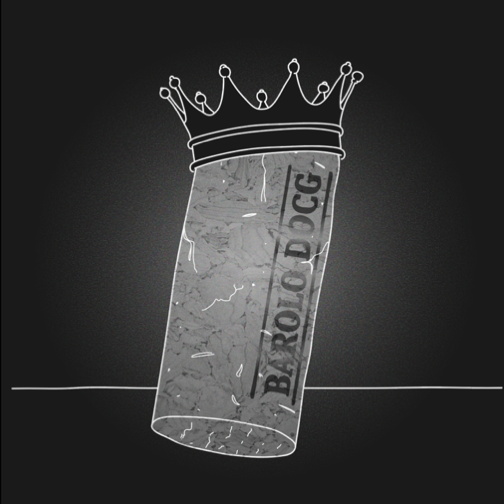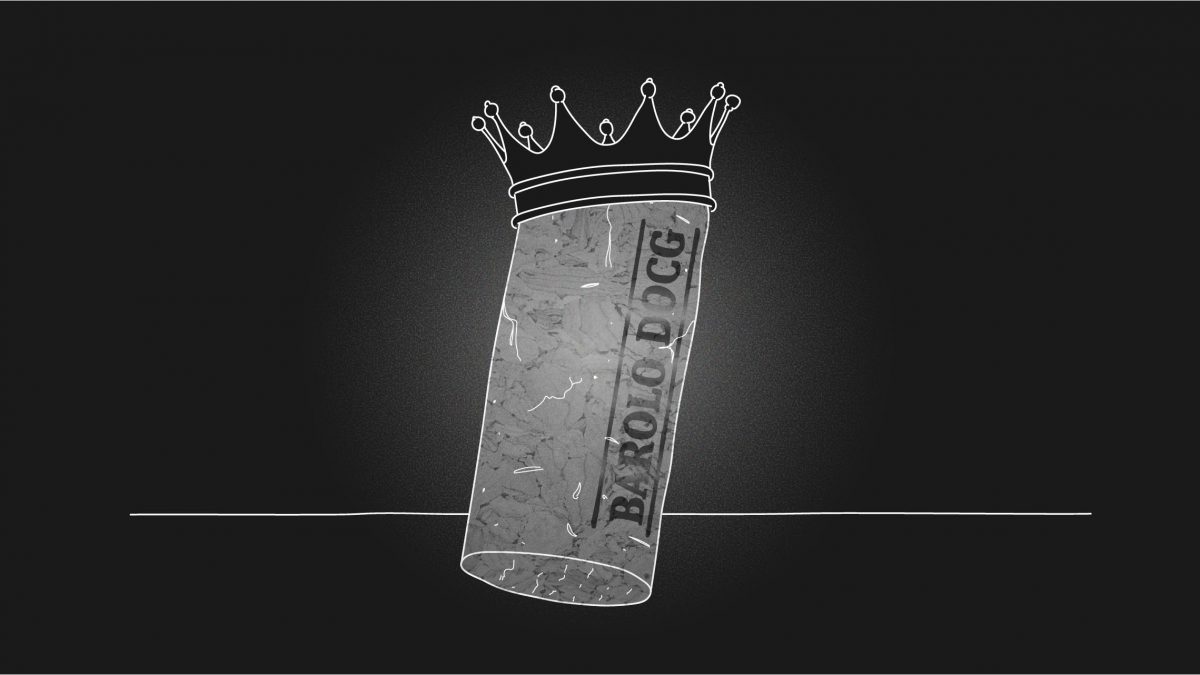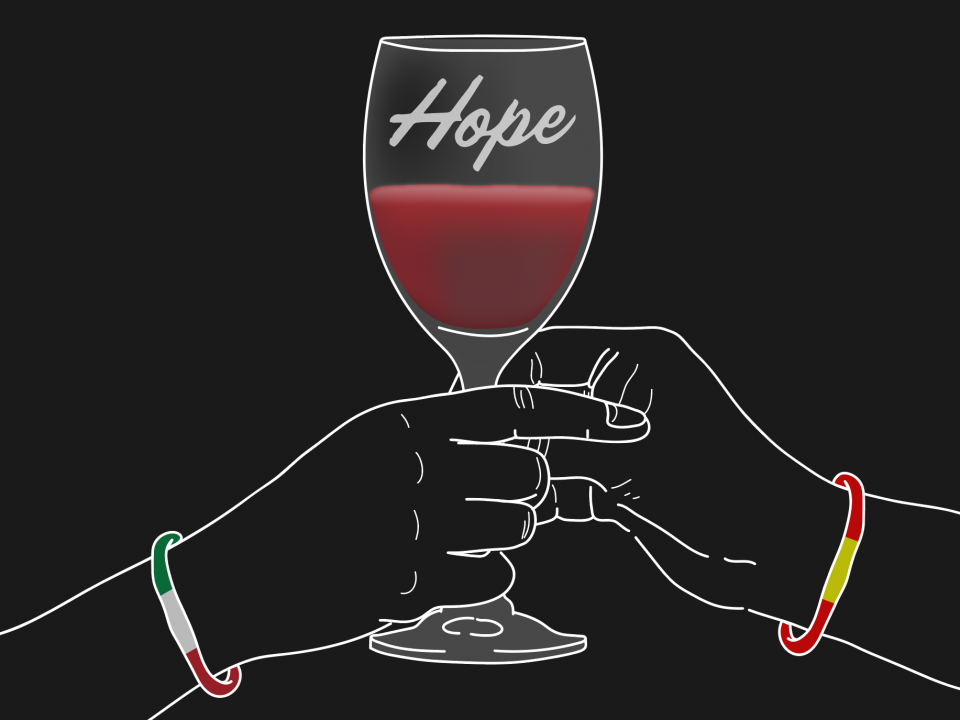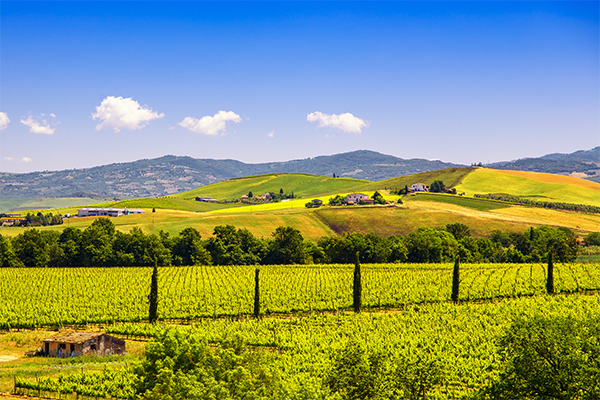
46 new members join the Native Grape Odyssey community after the NGO Maestro course & Walk-Around Tasting in Tokyo
December 17, 2019
The Native Grape Odyssey welcomes a new commander on board: the Spanish OIVE
December 20, 2019Barolo DOCG is the king of wines and, as such, is the protagonist in more than a few stories that begin with “Once upon a time”.
As Gambero Rosso‘s director Daniele Cernilli reminded us, “Wine is halfway between poetry and technique, because without poetry one cannot relay the emotions that wine imbues, and without technique you can’t give it a structure”. Barolo is just one of the many examples of this theory.
A bit of history about the Barolo DOCG
It is 1600 – the late Middle Ages. The geometric patterns on the land that can be seen from the top of the Piedmont hills of the Langhe, in northern Italy, is created by the cultivation of Nebbiolo, a vine born and raised in this specific territory. The wine produced here was already appreciated and consumed by the royal family in this period – the Savoy family. The turning point for this wine came when the statesman Camillo Benso Conte di Cavour began to research these grapes and wine. The Italian count was delighted with the experiments to produce a high-quality wine, especially one that could resist long journeys without spoiling. At the same time, not far from his castle in Grinzane (Cuneo), the Marquise Juliette Colbert and a French oenologist Alexandre-Pierre Odart, were working to achieve the same goal. Thus, Barolo was born, and was immediately served during the Count’s many diplomatic lunches.
In addition to this story, we cannot fail to mention the experience the City of Turin had with the Marquises Falletti (reported by G. Bocca in the newspaper La Repubblica, Quel vino notturno che sappeva di violetta e nebbia). As the story goes; one day, King Carlo Alberto addressed the Marquise Giulia Falletti: “Marquise, everyone is praising the quality of your wine, Barolo: when will we have the honour of tasting it?”. A few days later, the centre of Turin filled up with an endless line of ox-drawn wagons, they say there were three hundred, a wagon for each day of the year – excluding fasting days. It’s not difficult to imagine what a gift this was by the Piedmontese people to the city of Turin.
These are among the many stories of Barolo that have been retold through time, a testament to its quality. Another is told by Bruno Giacosa (1929 – 2018), who having obtained a degree ad honoris causa from the University of Pollenzo (Piedmont) due to his life achievements as a great wine producer (he had been producing wines since he first learned to walk). He explained that among his first childhood memories, he remembers the scents of his mother’s milk and his grandfather’s wine. His grandfather’s family were restaurateurs in Neive… and coincidentally, had the honor of preparing lunch for the Count of Cavour when he arrived in town to inaugurate a new railway. More importantly, can you guess what wine was served?

Barolo DOCG, illustration by Silvia Albano
The Barolo DOCG region
Today Piedmont is the region not only with the most Denominations of Origin in Italy, but also with the most DOC (42) and DOCG (17) present in its territory. The Piedmontese commune of Barolo, which today holds 702 inhabitants, is only one of the 11 villages in the Langhe where the Nebbiolo grape variety is cultivated; taking up 1,700 hectares, it produces several world-famous wines aside from Barolo, such as Barbaresco, Roero and Nebbiolo d’Alba.
To quote the UNESCO World Heritage Site, of which the Langhe territory has been part since June 2014, “…the landscape that characterizes the “Langa del Barolo” is a predominantly monocultural landscape, the vineyards extend continuously on the slopes of the hillsides, interspersed here and there, with medieval villages from which often rise imposing castles”. Can you imagine it? That’s how it really is.
When can Barolo be called DOCG?
Back to the wine: to be classified as a Barolo DOCG, the wine must age for at least 38 months, of which, 18 must have taken place in wooden barrels. The term “Riserva“, on the other hand, will appear on the label after 5 years of aging. It is surprising that this wine has become known as the long-aged red wine par excellence. It has a ruby red colour, fresh and lively, tending towards orange, especially as the years go by. The nose, on the other hand, reveals rose and red fruit aromas, accompanied by the oaky scents provided by this wine’s passage in barrel, reminiscent of vanilla and tobacco. The classic characteristic of Barolo, however, is the strength of its tannins, discernable from a young age, it forms the basis of the wines structure that firmly endures over time. It has good acidity that lends itself well with food, red meats or a typical risotto with porcini mushrooms. And in this case, recalling the words of Cernilli as he conveyed his feelings on this wine, “[with Barolo] it is so easy to speak of poetry”.
In conclusion, with the contribution of Nebbiolo, it is precisely this union between history, geography and science, that Barolo DOCG was born, known and appreciated by all, then and today. Since its birth, it has continued its rise to fame: among its first admirers was “the Ambassador to the Royal House of Savoy” in the courts of Europe; in combination with having won 7 gold medals in the the Universal Exhibition of Vienna in 1873 competition, as well as having been celebrated during the founding of the Pro-Barolo association in 1908.
This DOCG designation also had a beneficial effect on the cultivators and production of wine in this region, and it created a support system to better outline the various areas of origin. Furthermore, the dignity of this wine-growing region has been further upheld by the law. In 1926, this region voted-in the formation of a new Consortium for the defense of Barolo and Barbaresco wines.
Finally, Barolo’s achievement in obtaining the controlled designation of origin appellation sealed its fate as perhaps the most famous of the 17 that the Piedmont region has had to date: “At the time of harvesting, the grapes from a Nebbiolo vineyard become destined for the production of Barolo, Barbaresco, Roero and Nebbiolo d’Alba, and they are separated from those destined for the Langhe denomination”. (Attilio Scienza, Native Grape Odyssey – Volume 1). As Prof. Attilio Scienza points out, the Nebbiolo destined for Barolo has been granted its own denomination of origin – one that is differentiated from that of the Langhe territory – with the emphatic addition of a title that is entirely noble: Barolo DOCG, the king of wines.
Do you want to deepen your knowledge on other wines, also known as, nectar of the gods from the realm of Nebbiolo?
Wait for the next article!



